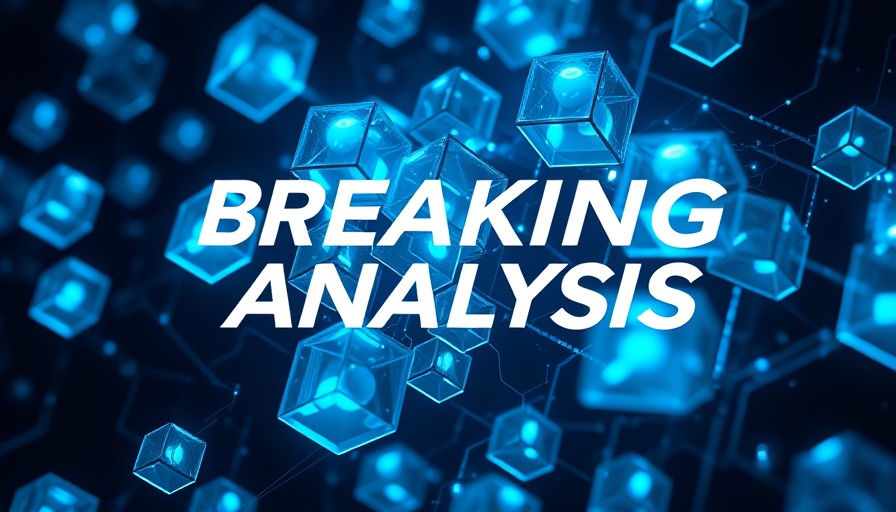
Intel's New Era: Lip-Bu Tan Takes the Helm
In a pivotal move, Intel Corp. has appointed industry veteran Lip-Bu Tan as its new Chief Executive Officer, signaling a potential turnaround for the beleaguered semiconductor giant. Following a tumultuous reign under Pat Gelsinger, timed with a series of leadership changes, Tan's hiring comes at a critical juncture as investors demand aggressive strategies to restore the company’s fading influence in the technology sector.
With a rich background as the former CEO of Cadence Design Systems—an essential player in the chip design software arena—Tan is well-positioned to guide Intel through its current challenges. His return to the Intel board enhances his role, allowing him to leverage insights from previous board experience to navigate the company’s difficulties head-on.
Historic Decline: The Challenges Ahead
Tan's appointment marks Intel's fourth CEO shift in just seven years, underscoring the chaotic atmosphere within the corporation. This change in leadership comes at a time when Intel is grappling with significant market share losses to competitors like AMD and Nvidia, particularly in the rapidly expanding fields of artificial intelligence and cloud computing.
Despite promising statements from Tan about harnessing the company’s existing strengths, analysts like Dave Vellante have recommended strategic shifts, including potentially spinning off its less profitable foundry operations to concentrate resources on more lucrative chip designs. The immediate impacts of Tan’s strategies will be closely monitored following a 12% spike in the company’s stock post-announcement—yet observers remain skeptical due to past failures in leadership.
Sector Dynamics: Isolation or Adaptation?
In recent years, Intel's fall from its once-untouchable status has been stark. The company, long regarded as a pioneer, now faces increasing scrutiny not only from investors but also from government bodies concerned about maintaining a competitive semiconductor landscape following the global chip shortage. This has led to new initiatives under the CHIPS Act, whereby Intel received billions in federal funding for manufacturing plants across the U.S. Nonetheless, delays and restructuring will mandate that Tan make decisive and strategic moves to boost investor confidence and product innovation.
Future Outlook: What Lies Ahead for Intel?
As the tech industry looks on with bated breath, Tan must address the mounting calls for innovation in response to the emerging AI landscape while balancing the pressing need for operational efficiency. Observers are eager to see whether Tan’s leadership will truly breathe new life into Intel or if it will merely perpetuate the cycle of organizational upheaval.
In summary, while Intel's journey with Lip-Bu Tan is marked by hope and potential, the underlying challenges painted by years of missteps remain daunting. For business leaders and tech-savvy professionals, Tan's strategies will be a focal point as they witness how this renowned chipmaker navigates its future in a competitive and fast-evolving tech landscape.
 Add Row
Add Row  Add
Add 










Write A Comment